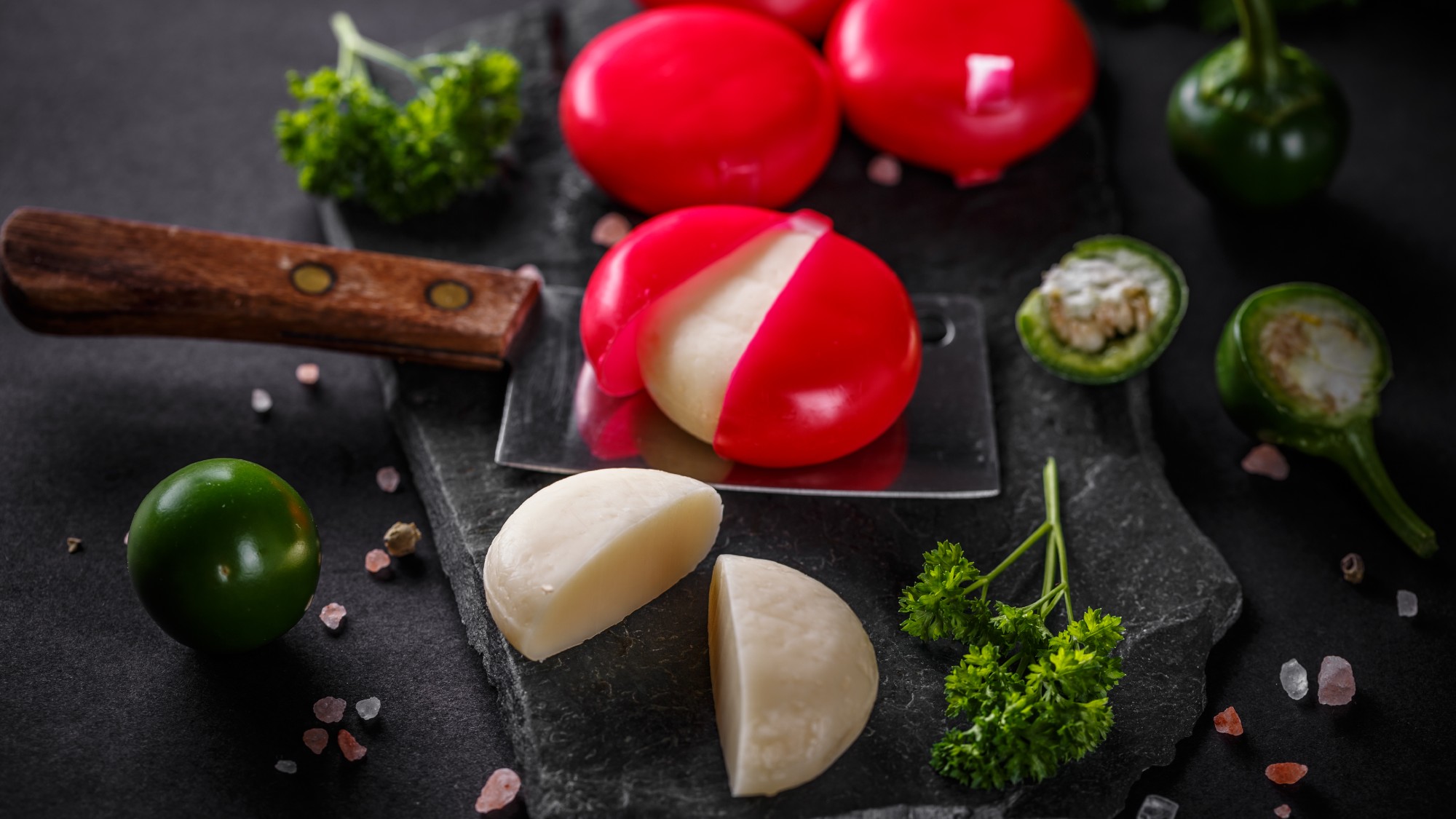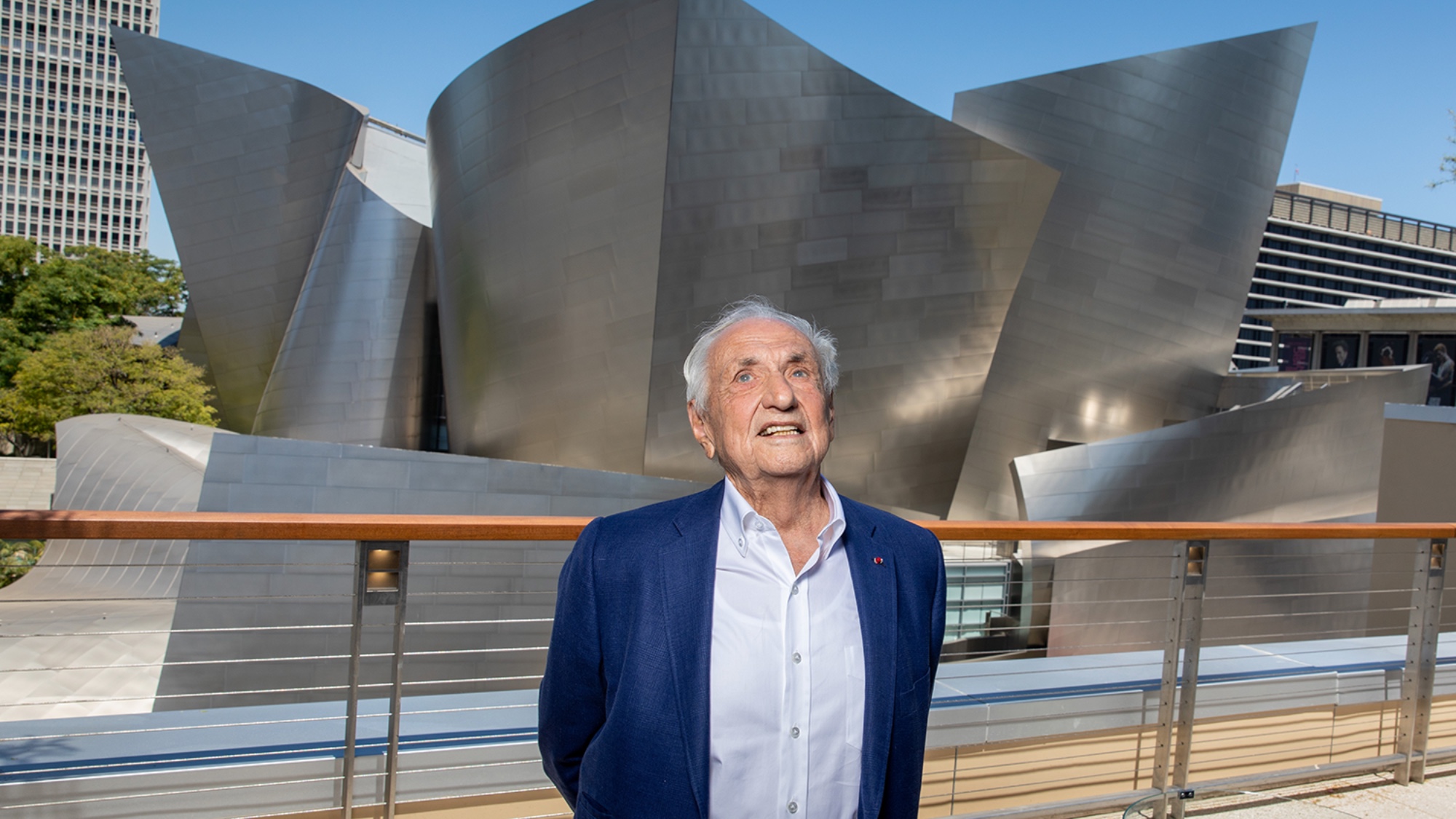Winslow Homer: Force of Nature – an ‘eye-opening odyssey’ of an exhibition
National Gallery show aims ‘to enlarge Homer’s transatlantic reputation’ – and it deserves to succeed

Few outside his native USA will be familiar with the artist Winslow Homer, said Waldemar Januszczak in The Sunday Times. Our national collection contains not a single “significant painting” of his, and if he is known at all on these shores, it is as a “boat painter” whose work is but a footnote in the story of 19th century art.
Yet in America, Homer (1836-1910) is a totemic figure – and, as this “compelling” exhibition at the National Gallery demonstrates, he is venerated for good reason. A largely self-taught artist, he was a singular painter with “a talent for storytelling” and a knack for injecting his canvases with an overwhelming drama that makes the work of his British contemporaries look fussy and affected by comparison.
The show brings together a stunning selection of his work, from the awe-inspiring seascapes for which he is best known, to paintings depicting the plight of freed slaves in the Bible Belt, to “everyday scenes” of 19th century American life. It gives us a picture of a pioneering artist with a refreshingly ambiguous outlook, a painter who “knew how to trigger interest and keep you guessing”. The aim of this “involving” display is “to enlarge Homer’s transatlantic reputation”, and it deserves to succeed.
The Week
Escape your echo chamber. Get the facts behind the news, plus analysis from multiple perspectives.

Sign up for The Week's Free Newsletters
From our morning news briefing to a weekly Good News Newsletter, get the best of The Week delivered directly to your inbox.
From our morning news briefing to a weekly Good News Newsletter, get the best of The Week delivered directly to your inbox.

Appeal of conflict and danger
Born into a “well-to-do New England family”, Homer established himself chronicling the Civil War as an illustrator-correspondent for Harper’s Weekly magazine, said Alastair Sooke in The Daily Telegraph. Clearly, conflict and danger appealed to him as subject matter: “he loved painting guns, shipwrecks, hunting scenes, freakish waves”. A transformative moment came during a stay in – of all places – a Northumbrian coastal village in 1881-82, when Homer found himself “transfixed by the elemental struggles of its fisherfolk”, and introduced a sense of “keening grandeur” to the maritime paintings he then favoured.
Perhaps the most famous of these is The Gulf Stream (1899), in which a “cartoonish, musclebound” black sailor clings to a boat with a broken mast, beset by swelling waves and some rather unconvincing sharks. “If this is a masterpiece, it’s a faintly ridiculous one.” The same could be said of much else here: the “downright peculiar” Undertow (1886), for instance, sees a group of semi-nude men, “as ripped as classical statuary”, rescuing women from the waves. We do see the odd “strong and memorable” painting here, but for the most part, it’s hard to get too excited about Homer. His work has “too much boyish, adventuresome melodrama, and insufficient mystery”.
Undeniably inconsistent work
“Homer can be a clumsy artist,” said Jonathan Jones in The Guardian. His work is undeniably inconsistent: he was “deeply chromatic and wild” one moment, “a bit dull” the next. Yet he has “an intensity and passion”, as well as a great eye for a resonant symbol.
His works that deal with the Civil War and the end of slavery are particularly arresting: Sharpshooter (1863), a painting developed from his war sketches, depicts a Union sniper aiming his rifle from a tree, his face “a blur”; A Visit from the Old Mistress (1876) sees an elderly white former slave-owner visiting a black family who once belonged to her. The family stare at their visitor “with much more in their eyes than can ever be said – a lifetime and more of questions and accusations”. For all of Homer’s limitations, this show is an “eye-opening odyssey”.
A free daily email with the biggest news stories of the day – and the best features from TheWeek.com
National Gallery, London WC2. Until 8 January 2023
-
 Magazine solutions - December 19, 2025
Magazine solutions - December 19, 2025Puzzles and Quizzes Issue - December 19, 2025
-
 How weight-loss jabs are changing the way we eat
How weight-loss jabs are changing the way we eatIn The Spotlight Anti-obesity drugs have been a boon for Babybel but are supermarkets ready for a slimmed-down Christmas?
-
 Sudoku hard: December 18, 2025
Sudoku hard: December 18, 2025The daily hard sudoku puzzle from The Week
-
 ‘Capitalism: A Global History’ by Sven Beckert and ‘American Canto’ by Olivia Nuzzi
‘Capitalism: A Global History’ by Sven Beckert and ‘American Canto’ by Olivia NuzziFeature A consummate history of capitalism and a memoir from the journalist who fell in love with RFK Jr.
-
 Frank Gehry: the architect who made buildings flow like water
Frank Gehry: the architect who made buildings flow like waterFeature The revered building master died at the age of 96
-
 6 lovely barn homes
6 lovely barn homesFeature Featuring a New Jersey homestead on 63 acres and California property with a silo watchtower
-
 Film reviews: ‘Marty Supreme’ and ‘Is This Thing On?’
Film reviews: ‘Marty Supreme’ and ‘Is This Thing On?’Feature A born grifter chases his table tennis dreams and a dad turns to stand-up to fight off heartbreak
-
 Heavenly spectacle in the wilds of Canada
Heavenly spectacle in the wilds of CanadaThe Week Recommends ‘Mind-bending’ outpost for spotting animals – and the northern lights
-
 It Was Just an Accident: a ‘striking’ attack on the Iranian regime
It Was Just an Accident: a ‘striking’ attack on the Iranian regimeThe Week Recommends Jafar Panahi’s furious Palme d’Or-winning revenge thriller was made in secret
-
 Singin’ in the Rain: fun Christmas show is ‘pure bottled sunshine’
Singin’ in the Rain: fun Christmas show is ‘pure bottled sunshine’The Week Recommends Raz Shaw’s take on the classic musical is ‘gloriously cheering’
-
 Holbein: ‘a superb and groundbreaking biography’
Holbein: ‘a superb and groundbreaking biography’The Week Recommends Elizabeth Goldring’s ‘definitive account’ brings the German artist ‘vividly to life’